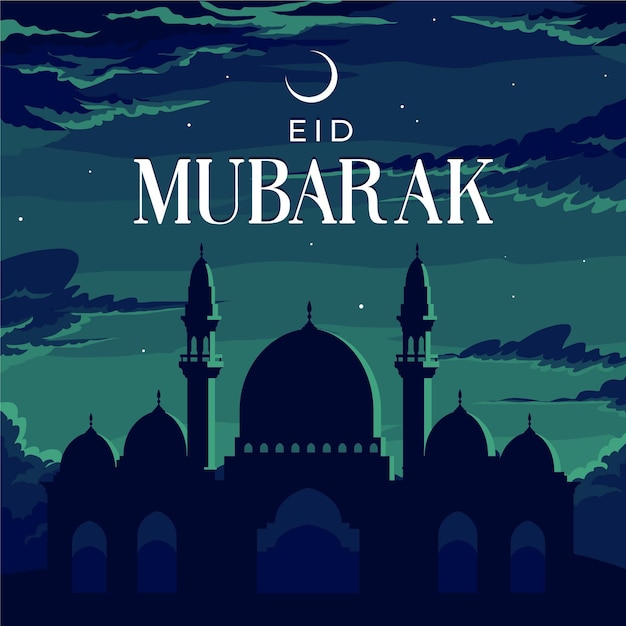Praysire
Celebrations of Eid al-Adha around the world: feasting, festivities, and faith
Eid-al-Adha, the Festival Sacrifice, is an eagerly awaited event celebrated by Muslims worldwide. But how is Eid al-Adha celebrated? It is a time of prayer, generosity, and unity as families and friends gather to sacrifice animals, share traditional delicacies, and participate in communal prayers and acts of charity. While the celebrations may vary from country to country, the spirit of generosity, compassion, and gratitude is the same. Join us as we take a closer look at how Eid al-Adha is celebrated in Saudi Arabia, Egypt, Turkey, and the USA, and discover the unique customs and rituals that make this festival so special.
































